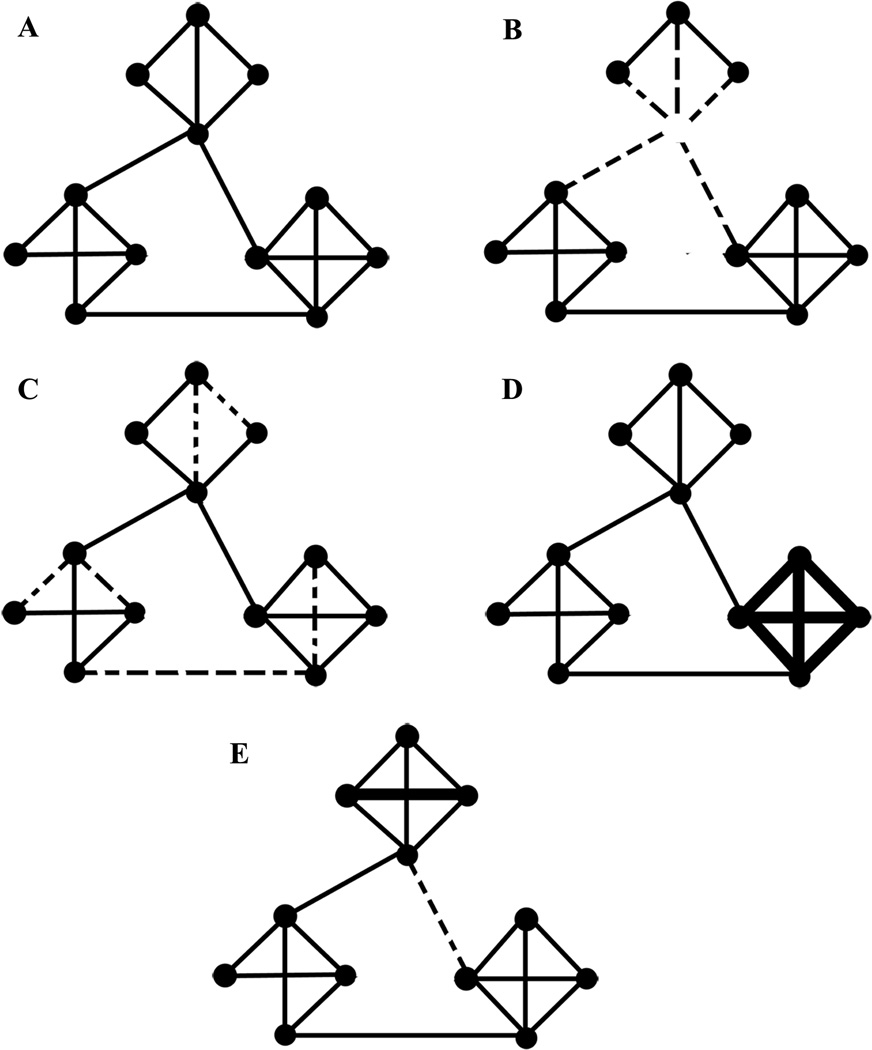Figure 2. Theoretical mechanisms of network pathology.
(A) The normal network, comprised of three densely connected local clusters, with a few long-range connections between clusters. (B) Loss of a node (and thus associated connections, dashed lines) in the top cluster. (C) A loss of connections (dashed lines) without a change in the nodes. (D) Increased connectivity (thick lines) within a local cluster (bottom right). (E) Increased local connectivity (thick line, top cluster) along with loss of a long-distance connection between clusters (dashed line). These changes would result in a substantial change in network information processing metrics (increased clustering coefficient and local efficiency, but also increased path length and decreased global efficiency).

